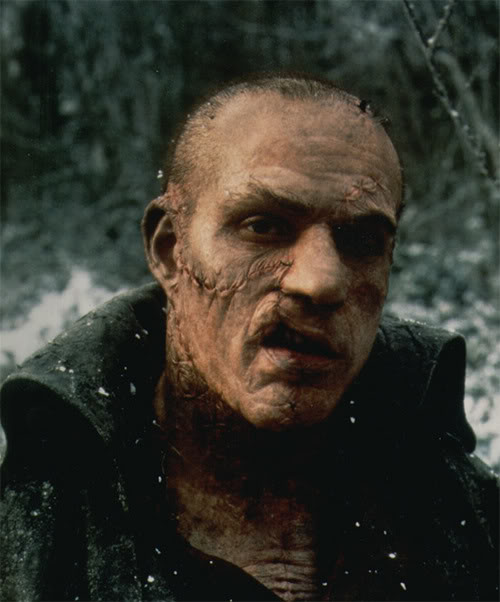
The first two cantos of Childe Harold's Pilgrimage had been published in 1812, making Byron famous overnight. The manuscript has been lost from view since appearing in a bookseller's catalogue in 1940, and is the only one for the third canto remaining in private hands. It was, quite possibly, written at the very time and 'witching hour', of Mary's 'waking nightmare' that gave birth to her monster. It can be dated to the weekend of Friday 14th to Sunday 16th June 1816, when the Shelleys were staying and when Mary Shelley was beginning work on Frankenstein (which is recorded as having been under way by the seventeenth).

This working draft almost certainly represents Byron's first thoughts and is in this sense a composing, rather than revising, draft. That when Ambition bows – 'tis only to his Starġ page, on a sheet of paper watermarked with a crescent with an aurora over the figure '4' standing above the initials 'H R', originally folded two ways as if to form an 8vo letter-packet, guard at left-hand edge, light overall time-staining, trace of small tape-stain at foot, but overall in sound and still attractive condition, professionally de-acidified, backed and restored, in a twentieth-century morocco slipcase, 4to, Ī LONG-LOST DRAFT FOR CHILDE HAROLD'S PILGRIMAGE, WRITTEN BY BYRON AT THE VILLA DIODATI DURING THE WEEKEND OF 14-16 JUNE, WHEN THE SHELLEYS WERE STAYING AND MARY BEGAN WRITING FRANKENSTEIN. If in your bright leaves we would read the fateĪnd claim a kindred with you – for Ye are Ye Stars! – which are the poetry of Heaven –

Autograph draft of Stanza 88 of Canto 3 of Childe Harold's Pilgrimage, comprising nine lines, with the concluding couplet rewritten during the course of composition, currente calamo, reading in its final version:


 0 kommentar(er)
0 kommentar(er)
